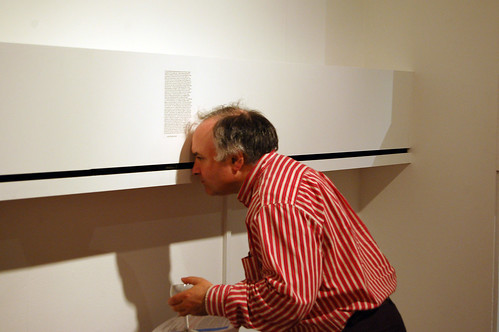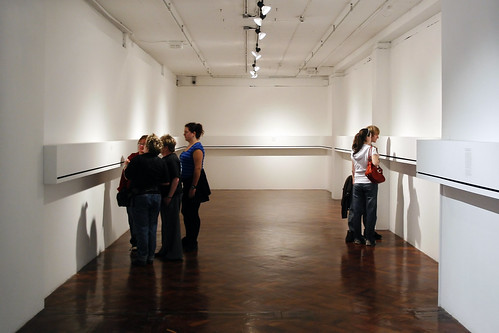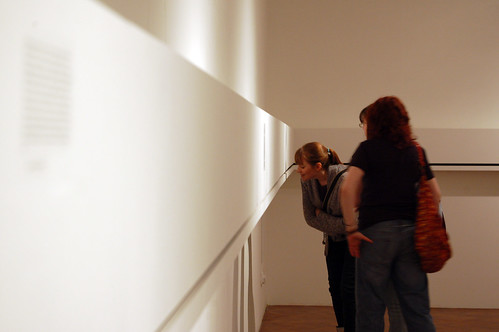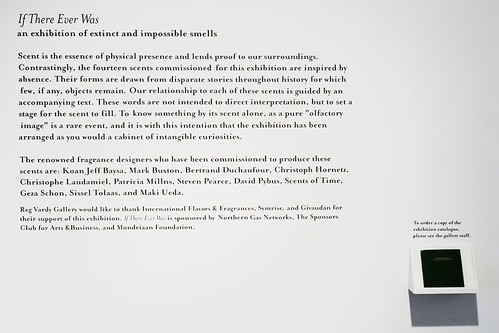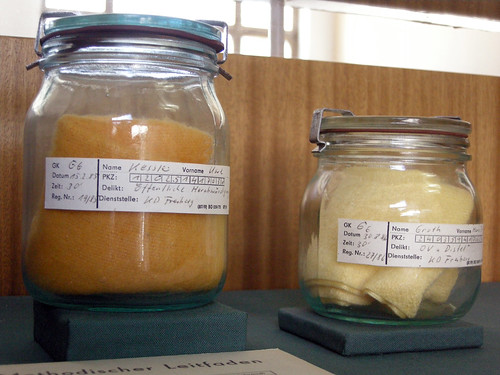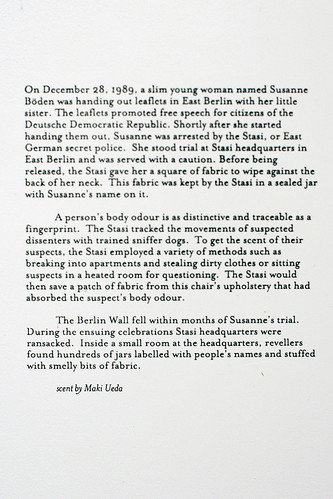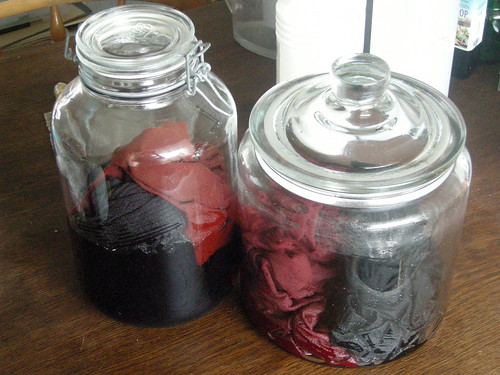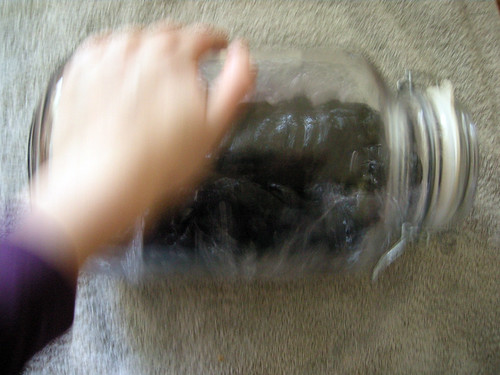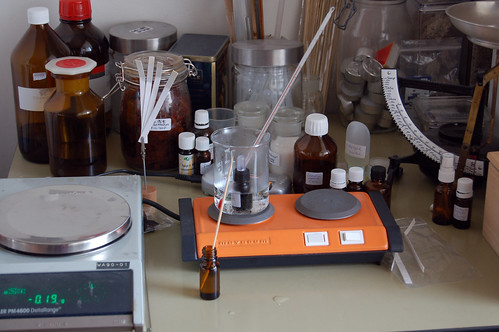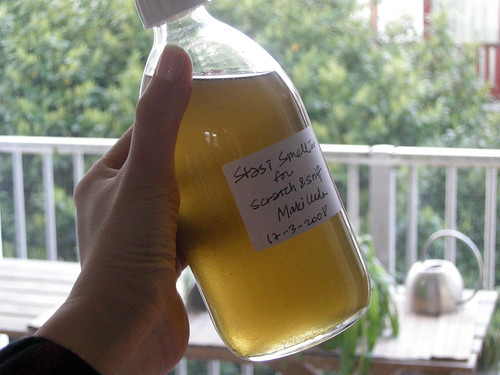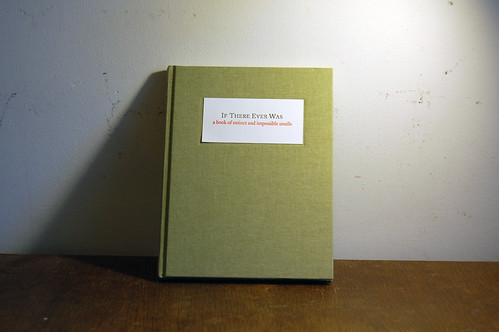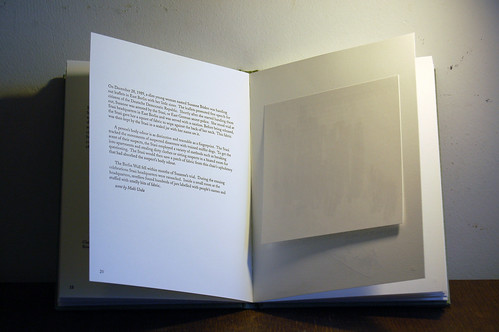- an exhibition of extinct and impossible smells -
collective exhibition (2008)
exhibition venue : Reg Vardy Gallery, Sunderland, U.K.
curator : Robert Blackson
CURATORIAL TEXT
Scent is the essence of physical presence and lends proof to our surroundings. Contrastingly, the fourteen scents commissioned for this exhibition are inspired by absence. Their forms are drawn from disparate stories throughout history for which few, if any, objects remain. Our relationship to each of these scents is guided by an accompanying text. These words are not intended to direct interpretation, but to set a stage for the scent to fill. To know something by its scent alone, as a pure "olfactory image" is a rare event, and it is with this intention that the exhibition has been arranged as you would a cabinet of intangible curiosities.
MY CONTRIBUTION
What I've made for this exhibition was the scent of body odor; the scent of East Germany citizen that got captured his/her own body odor without being aware of it.
Body odor collection, Stasi Museum, Berlin Germany
Body Odour
On December 28, 1989, a slim young woman named Susanne Böden was handing out leaf lets in East Berlin with her little sister. The leaf lets promoted f ree speech for citizens of the Deutsche Democratic Republic. Shortly after she started handing them out, Susanne was arrested by the Stasi, or East German secret police. She stood trial at Stasi headquarters in East Berlin and was served with a caution. Before being released, the Stasi gave her a square of fabric to wipe against the back of her neck. This fabric was then kept by the Stasi in a sealed jar with her name on it.
A person’s body odour is as distinctive and traceable as a fingerprint. The Stasi tracked the movements of suspected dissenters with trained sniffer dogs. To get the scent of their suspects, the Stasi employed a variety of methods such as breaking into apartments and stealing dirty clothes or sitting suspects in a heated room for questioning. The Stasi would then save a patch of fabric from this chair’s upholstery that had absorbed the suspect’s body odour.
The Berlin Wall f ell within months of Susanne’s trial. During the ensuing celebrations Stasi Headquarters were ransacked. Inside a small room at the headquarters, revellers found hundreds of jars labelled with people’s names and stuffed with bits of fabric.
Scent by Maki Ueda
(text by Robert Blackson, curator)
DEVELOPMENT
Like I always do I made the extracts from the scratch.
the first experiment:
extracting sweat from my own clothes
the second experiment:
We smell of what we eat. I've used whatever I could find in the kitchen for extraction, and then composed "an body odor" with them.
More documentations: http://scent-lab.blogspot.com/search/label/%5BIf%20There%20Ever%20Was%5D
BOOK
This is the catalogue of the exhibition If there ever was - an exhibition of extinct and impossible smells - . All the smells exhibited are printed with microencapsulation. It's the book for scratch & sniff.
If There Ever Was: a book of extinct and impossible smells
ISBN: 978-0-9557478-0-9 (rrp £12.00) * SOLD OUT *
distributed by: Cornerhouse, www.cornerhouse.org
published by: Art Editions North
Hoever the book is sold out, the text of the book can be viewed here : "IF THERE EVER WAS - TEXT"

 English (UK)
English (UK)  日本語
日本語 